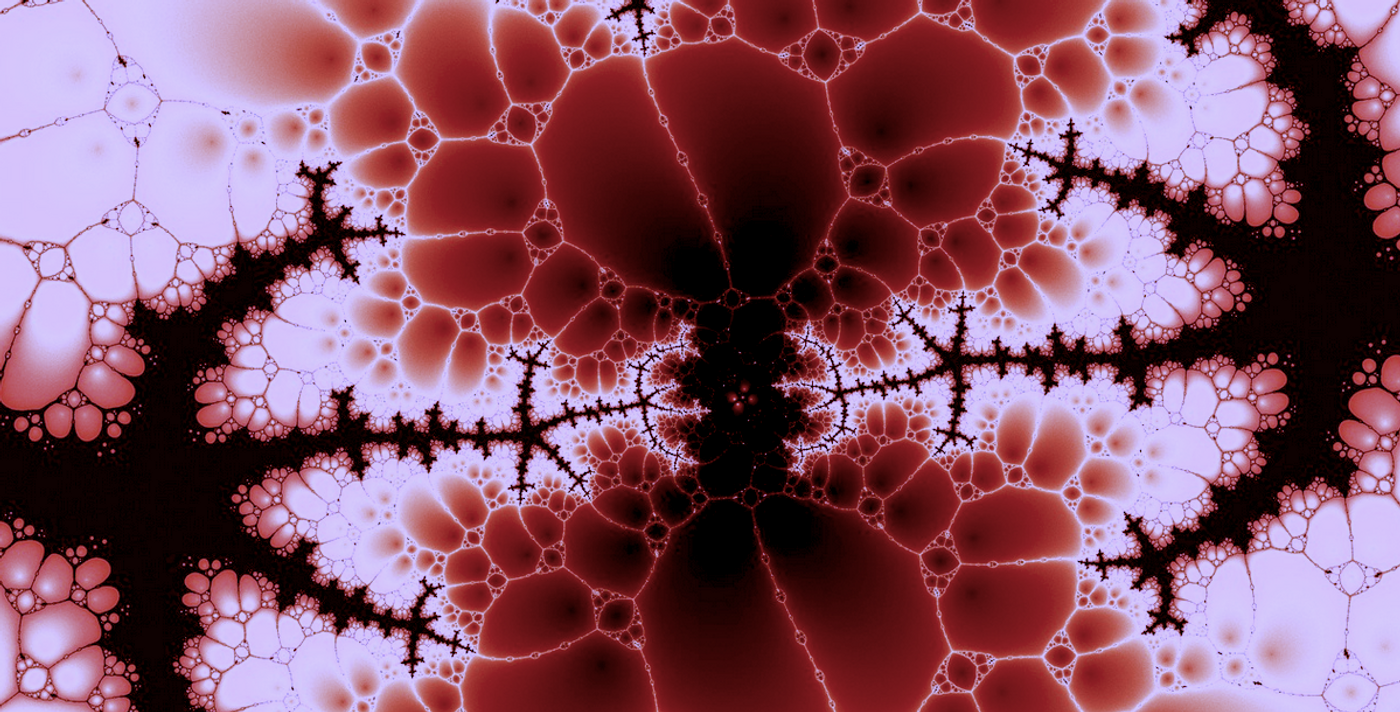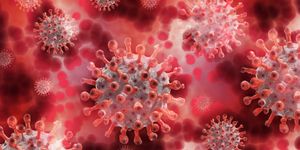Synthetic Cellular 'Glue' Could Heal Wounds & Regenerate Tissue
Humans beings carry a lot of fluid in our bodies, and we need strong connections between structures and cells to hold everything together and keep it functioning properly. There are adhesive molecules in the body that create scaffolding, help our organs develop, and maintain interactions between cells, among many other important roles. Scientists have now engineered synthetic molecules that behave like cellular glue, which can influence how cells link together. Customized adhesion molecules were made to bind to specific cells to generate predictable but complex structures made of multiple cell types. The work has been reported in Nature.
The researchers were able to control the interactions of the cells that were created, which ".. opens the door to building novel structures like tissues and organs," noted senior study author Professor Wendell Lim, Ph.D., the director of the Cell Design Institute at UC San Francisco (UCSF), who is featured in the video below.
The interactions between cells, such as how tightly they connect or how cells are organized, can give a tissue distinct qualities.
"We're devising ways to control this organization of cells, which is central to being able to synthesize tissues with the properties we want them to have," said first study author Adam Stevens, Ph.D., the Hartz Fellow in the Cell Design Institute.
It may be possible to advance regenerative medicine by engineering cells that interact in very specific ways, and can create new connections so that injuries or wounds can heal. Adhesion molecules were designed so that one bit sits outside of the cell, where it can interact in specific ways with other cells and molecules, while a second bit of the molecule remains inside of the cell, modifying the strength of the bonds that may form. Different inner and outer parts can be mixed together to engineer various custom cells that bond in different ways and with different types of cells.
This work may also have other applications, noted the researchers. Tissues could be designed as disease models, for example, so they are a more accurate reflection of human biology than animal models. The research may also provide new insights into how multicellular organisms evolved.
"Our work reveals a flexible molecular adhesion code that determines which cells will interact, and in what way," said Stevens. "Now that we are starting to understand it, we can harness this code to direct how cells assemble into tissues and organs. These tools could be really transformative."









